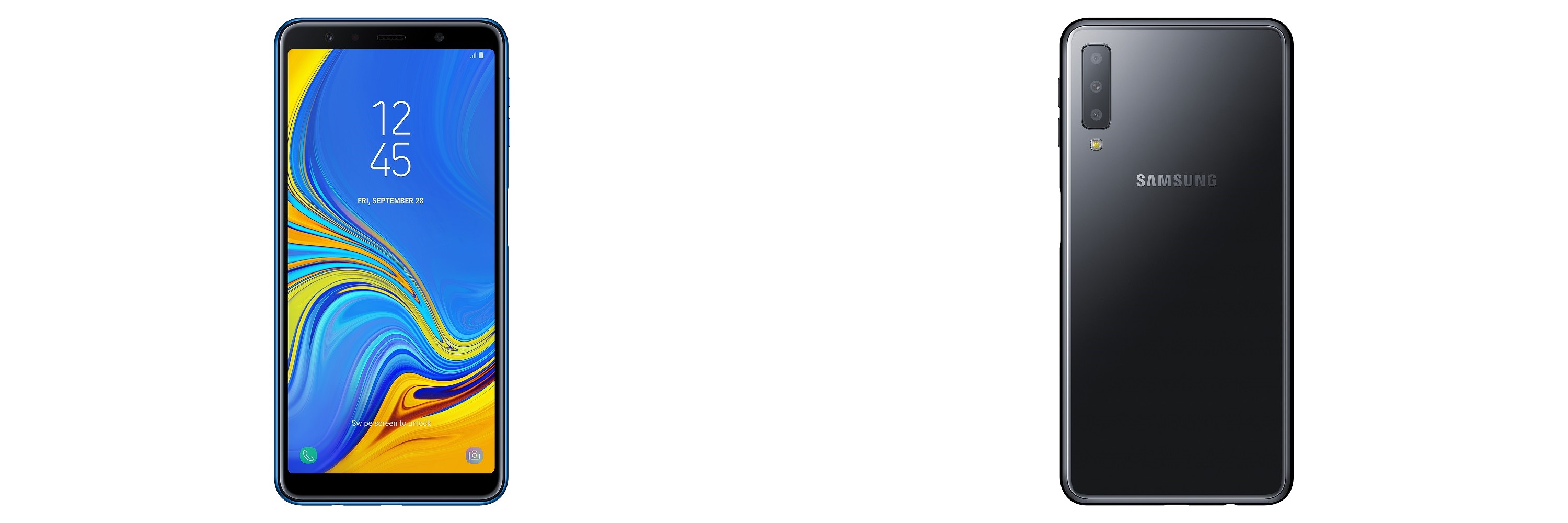
((To see a larger version of the images in the galleries below, click/tap on them))
On the first day as soon as we got hold of the device, we were able to take a few shots when dusk had fallen. The dual camera setup shows promise with capturing the beach overlooking our venue of stay. After it got darker, the illumination from artificial light sources works well if there is sufficient amount of it for the area covered in the picture otherwise some details were obscured. This is mainly down to the fairly aggressive noise reduction that smoothens the details more than we like.
The next day to catch the sunrise, we woke up early morning and headed to the nearby beach. It’s only at this hour when you get to see sights and hear sounds that are missing in the later hours.
We headed off to the Museum of Goa that started in 2015 housing very interesting pieces of contemporary art. The A7 captured the art with ease and we tried using the ultra-wide lens but predictably the distortion is evident especially when straight items like door frames are visible so proper framing is a must. The depth sensor is up to the task of focusing on objects and the algorithm is smart enough to add blur in a way that doesn’t seem artificial most of the time. Outside, the impressive wall of colours combined with the sky made for a pretty picture.
We went to Reis Magos which is the oldest fort in Goa. Erected in 1551, nature and time left its marks on it leading to restoration work finally beginning in 2008. After completion in 2012, it became an ideal photography point to view the river merge with the Arabian sea. We got great landscape snaps here with clearly defined greenery.
The above stands in stark contrast to the cold, industrial machines found in the Goa Brewing Company. A 250 year old Portuguese house is the base of location housing some state of the art brewery machinery and techniques. We also got a chance to click the famous ‘Eight Finger Eddie’ beer in all its glory.
We had lunch at The Fisherman’s Wharf which has been decorated in the most aesthetically pleasing manner highlighting the fusion of Indo-Portuguese architecture. Due to the uneven light indoors few of the shots here had colours blending into each other which led to a loss of fine details. Not fine for prints but sufficient for general social media uploads.
Later on we braved the scorching and sweltry heat for the Campal heritage walk containing some of the best parts of Panjim. The peace and serenity would only be disturbed a bit by the odd passing vehicle but otherwise we captured moody moments which is ironic considering the direct sunlight. We found that the camera admirably filtered light when pointed directly at something that was just in front of the Sun. We appreciated how Focus mode added a certain weight to pictures that were unremarkable without it.
Moving on, we explored Fontainhas in our trek which is also known as Goa’s Latin Quarter. The Indian and Portuguese amalgamation can be seen in full force through the vibrant and colourful houses. With a good amount of ambient brightness, the clicks were able to freeze in time every nook, corner, puddle and crevice. However, certain hues would unnaturally pop out making the colour balance of the image feel slightly skewed. In partial shade the front camera would favour the darkness and portray the entire image as if we were were fully shielded from the Sun rays.
After strenuous and draining activity, we boarded a yatch and set sail along the Mandovi river. This is where the versatility of the A7 shone in a variety of situations where we could see each ripple and reflection in the water. The panorama shot was very satisfactory given we were panning on wobbly ground and moving at a steady pace. Unfortunately, zooming in on distant objects like bridges or travellers in other vessels would lead to heavy loss in detail. It was tough to get a clear picture under the neon lighting.
Finally with night approaching we had dinner at ‘A Reverie’ which is located on Calangute’s holiday street. In the day this area is filled with side stalls selling everything from fruits to jewelry. There weren’t many opportunities for us to whip out the A7 in the open air restaurant though.
Waking up early morning (again) on the last day rewarded us with some worthy photos. Contemplating on a rock, an early morning lecture, a stray dog running away from the incoming tidal assault and a gesture-enabled group selfie were among the highlights. The selfie camera tended to soften the face even with beauty mode turned off which was strange. We took a hyperlapse video which can be seen here and a normal one in FHD here. The audio clarity was very crisp at a bit rate of 256kbps so you can hear the waves crashing periodically.
We advise buying a case as soon as possible because the device is very slippery and it isn’t bundled in the box. Good to see some earphones even if they were basic. To sum it up, we walked away impressed given this is Samsung’s first try at a triple camera setup. Check out our upcoming issue in November for the final verdict. Disclosure: The correspondent’s flight and stay in Goa were arranged by Samsung.